King Richard III's Car Park
More than 500 years after his death, a medieval ruler's remains were found buried under a parking lot.
King Richard III had only been on the English throne for two years when he was killed in the Battle of Bosworth in 1485. This ended the War of the Roses, ushering in the Tudor reign, which saw Henry VII take the throne. After Richard’s death, his body was taken to Leicester, where the body was displayed for two days. When Henry left Leicester, Richard was buried under what was then the Grey Friars church. Ten years later, the grave was marked with a monument.
In 1538, though, the friary was dissolved and the church demolished, the monument marking Richard’s grave along with it. Over the years, the site served as a mansion with gardens, and the site was marked by a new monument around 1612, but it eventually disappeared. By 1743, the mansion was sold and New Street was built across the site. By the mid-1800s, the grave had been forgotten and theories began to circulate about where the body had been buried.
In 2007, a building was demolished, giving archaeologists an opportunity to excavate the site. Other artifacts and even bodies had been found previously, but this time excavations turned up nothing substantial.
But Philippa Langley, secretary of the Scottish Branch of the Richard III Society, was not deterred. Having started research in 2004, she was certain that Richard’s remains would be found under Leicester City Council’s car park. She had found a medieval map that showed the church at approximately the same location as the parking lot. By 2011, Langley had gained enough evidence and funding to begin planning a new excavation. On August 25, 2013, two leg bones were found beneath the car park. DNA evidence would later prove that these, were in fact, King Richard III’s bones.
In 2017, the site was granted a monument protection status. Though King Richard III’s bones have since been reburied in Leicester Cathedral, the car park where they were found has been granted historic protection and is still possible to visit.
Plan Your Trip
The Atlas Obscura Podcast is Back!







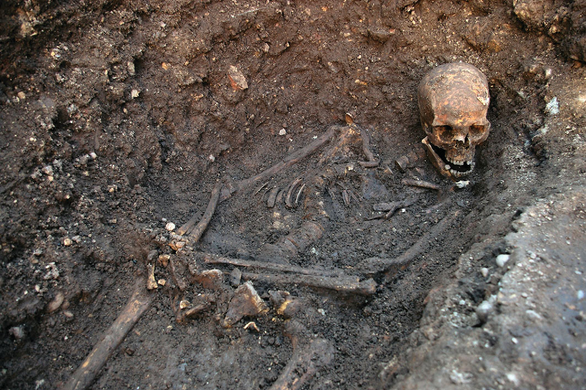
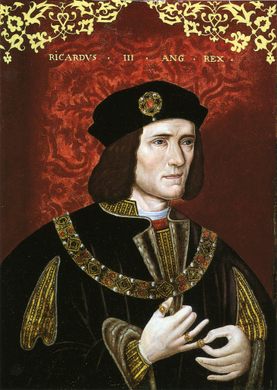






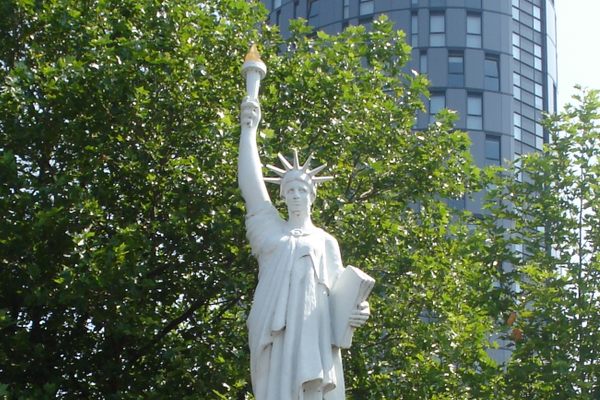
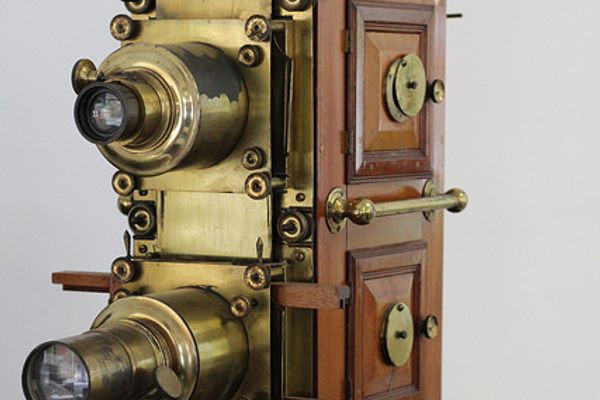


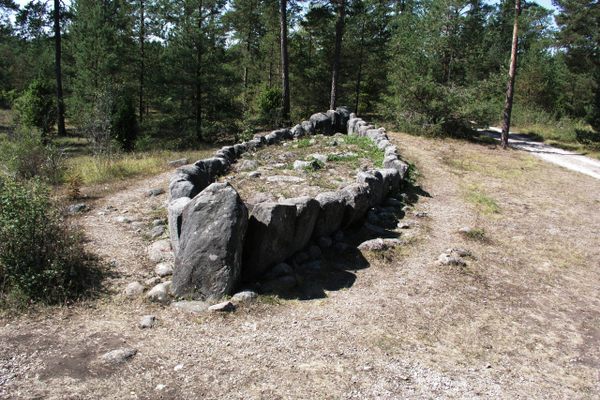




Follow us on Twitter to get the latest on the world's hidden wonders.
Like us on Facebook to get the latest on the world's hidden wonders.
Follow us on Twitter Like us on Facebook